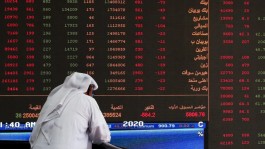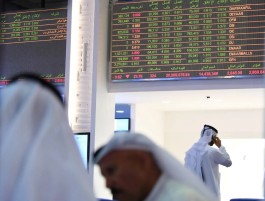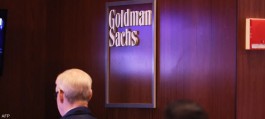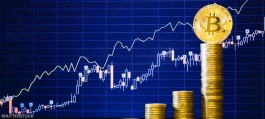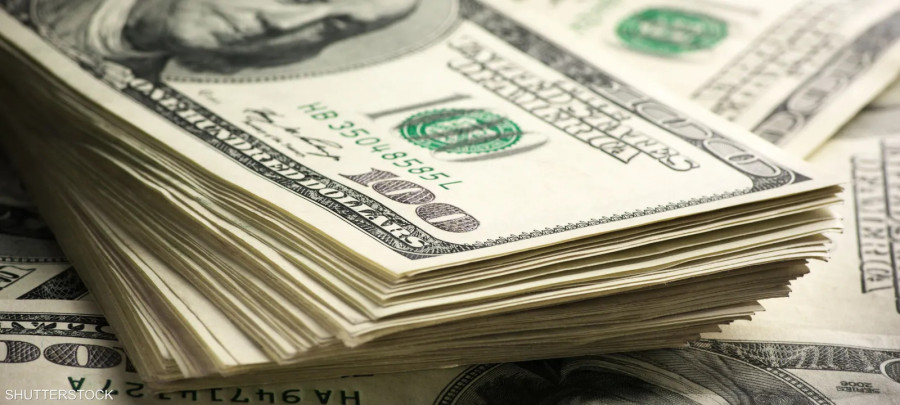The US dollar fell on Thursday after weak employment data moderated US Treasury yields, while the euro rose despite the weak economic outlook.
At 12:40 Riyadh time, the dollar index, which tracks the US currency against a basket of six other currencies, was down 0.02% at 106.512, just below its highest level in 11 months.
Weak private employment reports weigh on the dollar
Data released Wednesday showed that private payrolls in the United States increased at much lower rates than expected in September, suggesting that the country's labor market has been calm.
This raised doubts about the prospects of another Fed rate hike this year, pushing US Treasury yields down from their highest levels in 16 years.
The dollar has witnessed strong support recently, supported by a continuous series of strong US data, against the backdrop of the hawkish tone of the recent Federal Reserve meeting, which indicated that the US central bank will keep interest rates high for a longer period.
However, any temporary correction in the dollar does not find many followers. The swing in the interest rate advantage after the recent bond sell-off makes selling the dollar very difficult, and cautious trading ahead of tomorrow's US jobs reports should not help, analysts at ING said in a note.
The euro suffers from economic weakness in the European Union
The EUR/USD pair rose 0.1% to 1.0509, above a new low this week at 1.0448, thanks to a weaker dollar.
However, these gains may be temporary as the eurozone's economic outlook remains weak.
Data on Thursday showed that German exports fell more than expected in August, falling 1.2% from the previous month, after weak global demand hurt the country's exports.
Data released on Wednesday showed that retail sales in the euro zone fell by 1.2% in August, while the final composite PMI indicated that the euro zone economy likely contracted in the fourth quarter, raising the prospect of a recession in the second half of the year.
ING analysts added: The dollar remains expensive to sell, and there is simply no compelling story in the euro zone to counter the exceptional US news.
The yen rises after crossing the 150 level
The Japanese yen/dollar pair fell 0.1% to 148.99, with the Japanese yen supported by a decline in US bond yields, after rising above 150 earlier this week, its weakest level since October 2022.
Finance Minister Shunichi Suzuki on Wednesday declined to comment on whether authorities had intervened to support the yen, and reiterated that currency rates should move stably to reflect fundamentals.
On the other hand, the British pound currency pair against the US dollar rose to 1.2132, stable from the lowest level recorded on Wednesday at 1.2038, and the US dollar currency pair against the Australian dollar rose by 0.3% to 0.6343, while the yuan currency pair was traded {{2111| Chinese dollar against the US dollar}} unchanged at 7.3015.











